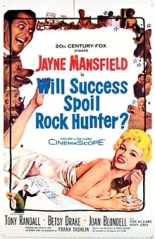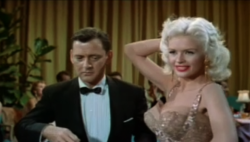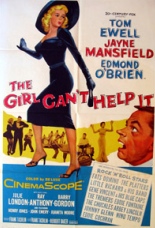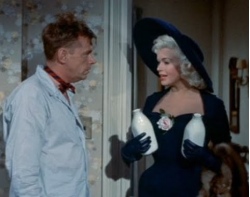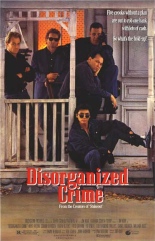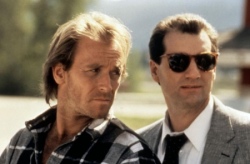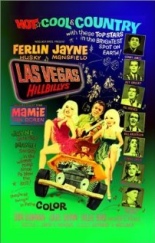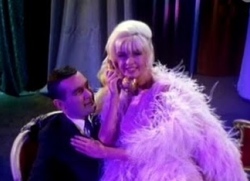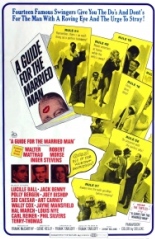
 Directed by dancin’ man Gene Kelly of all people, this must be the only movie in history built on the conundrum of where, when, why and how Walter Matthau should use his penis for evil.
Directed by dancin’ man Gene Kelly of all people, this must be the only movie in history built on the conundrum of where, when, why and how Walter Matthau should use his penis for evil.
As investment counselor Paul Manning, Matthau is happily, lovingly married to the beautiful blonde Ruth (Inger Stevens, Hang ‘Em High), but his best pal, smarmy lawyer Ed (Robert Morse, TV’s Mad Men), boasts about having his cake and eating it, too. Why, due to Ed’s continuous but well-concealed affairs, he claims he hasn’t been irritated by his wife in about six years! Ed promises to show Paul the ropes of the effective cheating process, and does, which makes up nearly all of A Guide for the Married Man.
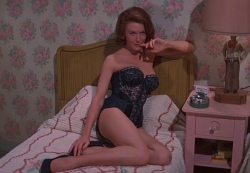 Ed’s quite the font of knowledge when it comes to infidelity dos and don’ts. He has dozens of stories to share, which Kelly depicts via all-star vignettes. These feature such luminaries — or “technical advisors,” as they’re credited — as Jayne Mansfield, Sid Caesar, Lucille Ball, Carl Reiner, Linda Harrison, Jack Benny, Polly Bergen, Art Carney, Joey Bishop, Terry-Thomas and more. Whether within or outside of these It’s a Horny, Horny, Horny, Horny World mini-movies, almost every bedroom features separate beds, which seems awfully prudish for the time, yet plenty of bosomy babes in their undies (most notably Whatever Happened to Aunt Alice?‘s Claire Kelly and Diary of a Madman‘s Elaine Devry), which seems awfully raunchy for the time.
Ed’s quite the font of knowledge when it comes to infidelity dos and don’ts. He has dozens of stories to share, which Kelly depicts via all-star vignettes. These feature such luminaries — or “technical advisors,” as they’re credited — as Jayne Mansfield, Sid Caesar, Lucille Ball, Carl Reiner, Linda Harrison, Jack Benny, Polly Bergen, Art Carney, Joey Bishop, Terry-Thomas and more. Whether within or outside of these It’s a Horny, Horny, Horny, Horny World mini-movies, almost every bedroom features separate beds, which seems awfully prudish for the time, yet plenty of bosomy babes in their undies (most notably Whatever Happened to Aunt Alice?‘s Claire Kelly and Diary of a Madman‘s Elaine Devry), which seems awfully raunchy for the time.
Only 1967 could get away with such an icky premise, by rendering it completely charming, yet still be funny and sexy. Then again, this being ’67, and Matthau being Matthau, you also know before The Turtles even finish singing the catchy theme song that he’s not about to make an odd coupling with anyone else but his loyal (if too subservient) Suzy Homemaker. To that end, Stevens is perfect casting as a doting dream wife: smart, sociable and absolute dynamite in a bikini. You know Guide is fiction because the film opens with her wanting it bad, but the only thing Matthau opts to bury is his big ol’ nose … in a book. —Rod Lott

